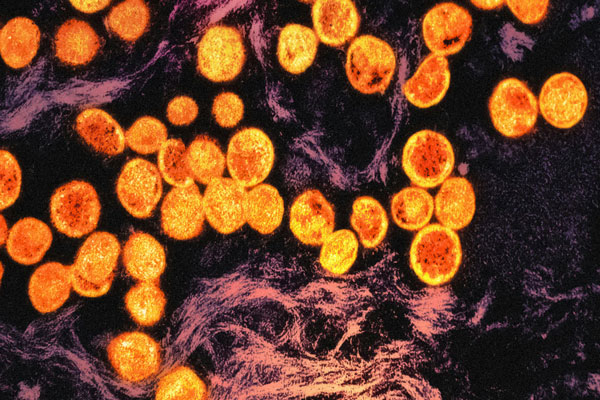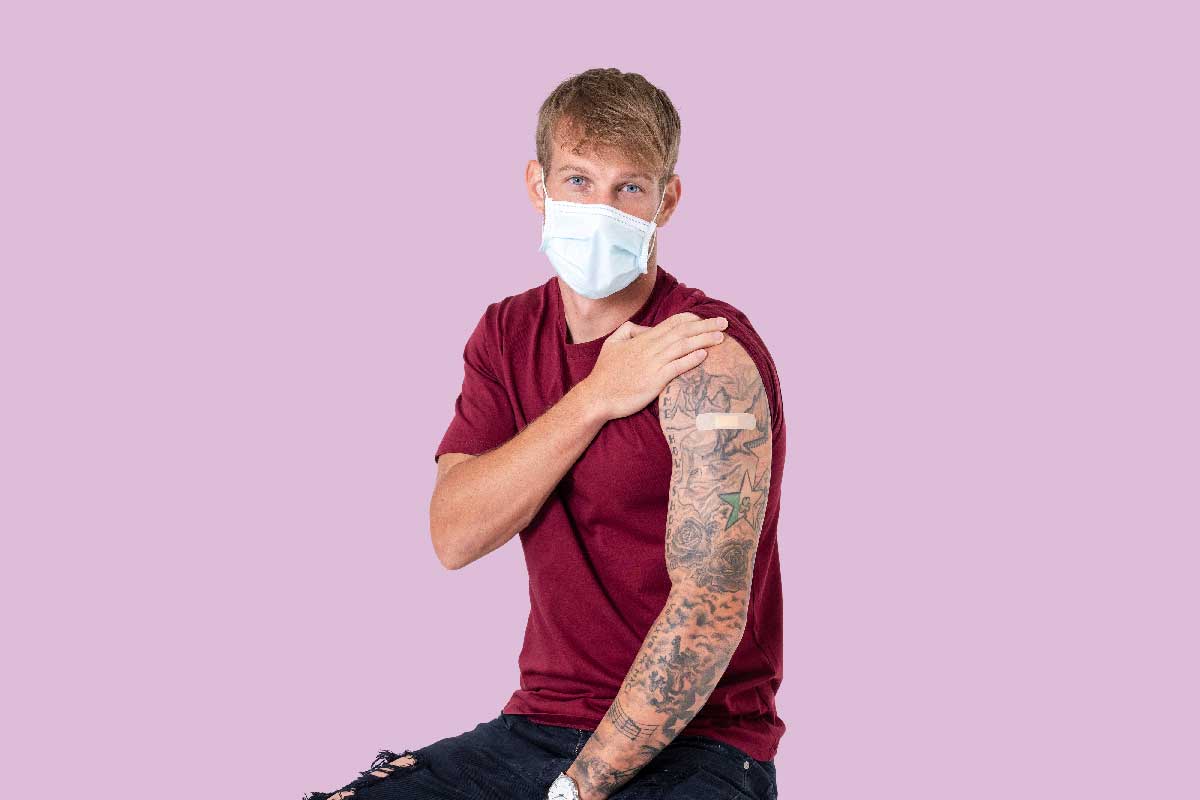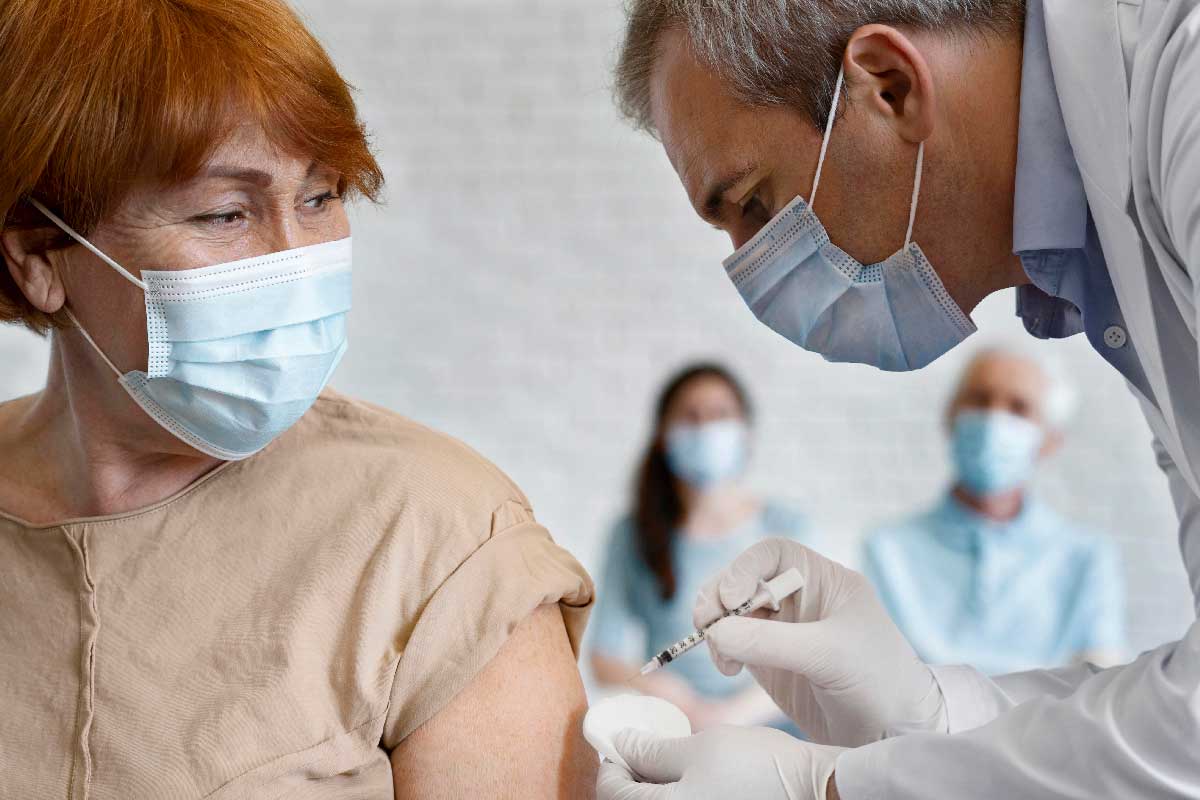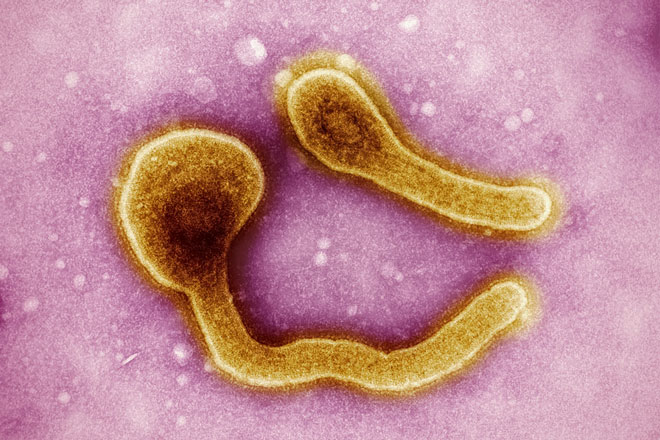How African scientific sleuths spotted the signs that monkeypox could become a global problem
Figuring out whether the virus has evolved to be transmitted more easily will be key to controlling it.
- 12 July 2022
- 7 min read
- by Priya Joi
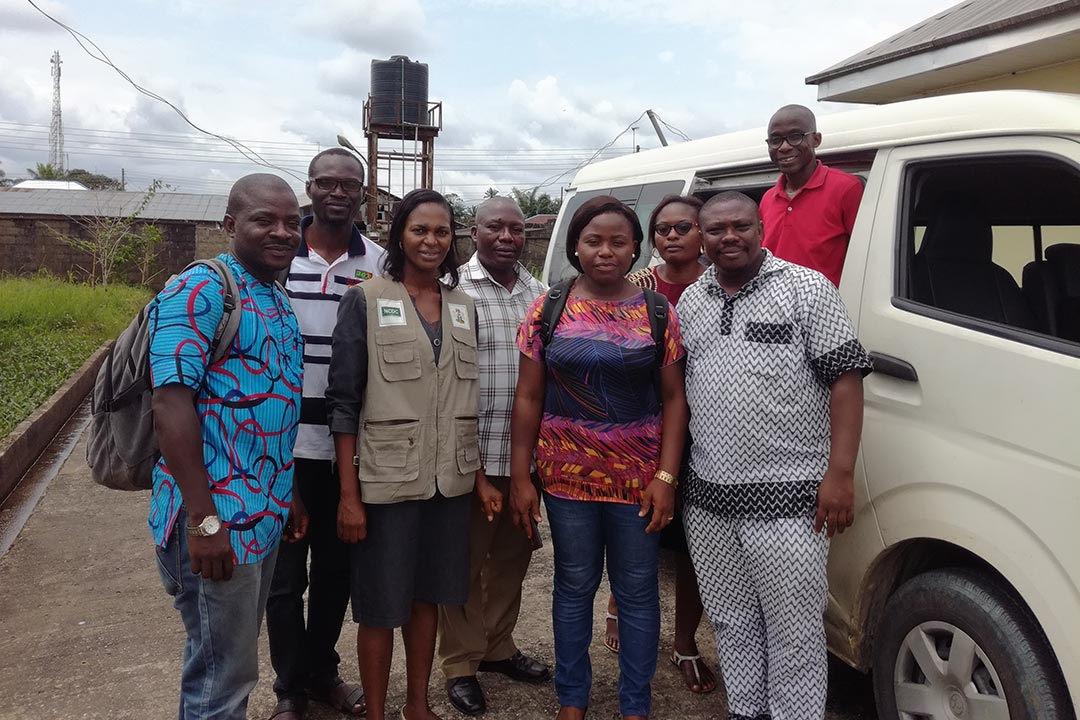
In 2017, Dr Adesola Yinka-Ogunleye was working at the Nigeria Centre for Disease Control (NCDC) in disease surveillance. She had no shortage of infectious diseases to study, from cholera to meningitis to Lassa fever.
Then the epidemiologist was called to investigate the first case of monkeypox that Nigeria had seen for four decades. That didn’t necessarily mean there had been no cases in that time. It was more likely that some cases were missed or misdiagnosed , says Yinka-Ogunleye. The disease causes a rash or sores all over the body that are sometimes mistaken for measles or chickenpox. "Many health workers had never seen a case before and there was no surveillance system for monkeypox at that time in the country."
"When we saw cases rising and disease patterns changing over the past few years, the world should have investigated more. We know enough about health security now to alert that an unusual infectious disease anywhere has the potential to become a global health threat."
Media hysteria following the 2017 case in an 11-year-old-boy led to the NCDC running an awareness-raising campaign and a community-based surveillance system, which ultimately led to the reporting of many more cases. The panic and misinformation following that case in Nigeria mirrors that being seen in the current global outbreak of monkeypox, says Yinka-Ogunleye, that as of 6 July 2022 has affected more than 6000 people across 58 countries.
Unusually for a disease that is mostly endemic in central and west African countries, Europe is the epicentre of the current outbreak accounting for over 80% of cases globally. Many media reports have been denounced as being racist (because of the virus being endemic in Africa) or homophobic (as many cases have been seen in men who have sex with men) or unnecessarily alarmist.
Even though Yinka-Ogunleye is currently working on estimating the burden of Salmonella typhi, the pathogen that causes typhoid fever, for her PhD at the Institute of Global Health at University College London, UK, she has been following the development of monkeypox ever since that 2017 case. She continues to work on monkeypox in Nigeria and also supports the global response through the WHO.
Now that monkeypox is affecting so much of the world, the urgent question, Yinka-Ogunleye says, is understanding "how long the virus has been circulating undetected, and whether something fundamental has changed about how it can spread”.
We might have had answers to this sooner if a global response had started with the thousands of cases reported annually from the DRC and, much later, the resurgence in West Africa. There were warnings from both African and non-African scientists that monkeypox seemed to be increasing and spreading more among humans, she says.
Seeing the world suddenly spring into an orchestrated response as monkeypox began to spread outside of Africa has been interesting. “Of course, I wasn’t expecting this same scale of response when the disease was mostly affecting two or three countries in Africa, but when we saw cases rising and disease patterns changing over the past few years, the world should have investigated more. We know enough about health security now to alert that an unusual infectious disease anywhere has the potential to become a global health threat. However, the most important lesson for me is the urgent need for African researchers to do more and be empowered to contribute to the knowledge of the diseases that plague the continent.”
Sudden spread
While the 2017 Nigeria case was unexpected, increasing cases had also been seen for at least a decade before that in DRC. Just as it is now, it was never exactly clear what was causing this change.
Yinka-Ogunleye says while improvement in disease surveillance and reporting will continue to lead to detection of emerging and re-emerging diseases, there were three theories that are just as relevant to today’s outbreak. The first was decreasing population immunity to monkeypox following the cessation decades ago of use of the smallpox vaccine, which conferred immunity to the closely related monkeypox, both orthopoxviruses.
Then there was increased overlap between humans and animals, with animal habitats being eroded amid growing human development. This meant that where once agriculturalists or farm workers might have been at highest risk of the disease, now many other types of people were coming into contact with animals carrying the virus. This increased contact was manifesting in spikes in other zoonotic diseases too.
A third theory that scientists are also investigating for this global outbreak is that the virus might have evolved to develop mutations allowing it to spread more easily in conjunction with more international travel in countries like Nigeria – the 2017 outbreak led to cases in four other countries – but while genomic sequencing is currently done in this area, there have been no conclusive results so far.
Smallpox vaccines
Smallpox was eradicated in 1980, but vaccine stockpiles have been held by countries including France, the US and the UK in case of a resurgence. Smallpox vaccines are generally effective against monkeypox and in some countries are licensed for use against monkeypox in emergencies. In 2019, a newer vaccine against both monkeypox and smallpox was approved by the US Food and Drug Administration (FDA).
As cases of monkeypox started to mushroom, countries including Canada and the UK began using the newer generation vaccines to immunise people through a strategy called ring vaccination (vaccinating close contacts of an infected person). Every country is expected to assess the situation and come up with a response plan, including vaccination, based on the clinical and epidemiological evidence available. The WHO has provided interim guidance for monkeypox vaccination for all member states, including African countries.
Have you read?
No African countries have a major smallpox vaccine stockpile, despite the risk from endemic monkeypox in several countries. Efforts were concentrated on surveillance, isolation and clinical management of cases. “Certainly, if any country should have a stockpile of these vaccines for monkeypox response, it should be endemic countries,” says Yinka-Ogunleye. “They have thousands of cases of monkeypox every year.”
Given the current outbreak, she says she would like to see more support from the global health community for endemic countries in terms of emergency vaccines. As with COVID-19 vaccines, there risks being a divide between wealthy and less well-off countries in terms of access, particularly with limited supplies of vaccine available
It is unethical that there are still countries that have no access to vaccines on the basis of affordability and accessibility , she says, adding that Africa needs to equally invest in purchasing vaccines and supplies as well as ramping up its manufacturing capacity for affordable vaccines against vaccine preventable diseases, as happened eventually during the COVID-19 pandemic.
Monkeypox mysteries
There is so much of monkeypox that is still unknown, including how long the infection hides out in the body before it erupts. “In publications, the incubation period of the disease stated seems as varied as the number of papers on it.”
Now, Yinka-Ogunleye and colleagues are also studying infection-related immunity – does one infection protect people from being infected again, for example?
Top of her mind right now is how sustainable transmission is in the human population. Traditionally the primary route of infection was from animals, and although it could spread between people who are in close contact with each other’s bodily fluids or respiratory droplets, it was not easily transmissible and only had short transmission chains. But if the virus can now spread easily, that could explain the current global outbreak and has bigger implications for its control.
Other unknowns are all the ways it could spread. Currently, monkeypox can also spread through large respiratory droplets that can’t travel far in the air, but there have been suggestions that the virus may have evolved to become more easily airborne – similarly to the way that SARS-CoV-2 was not believed to have been airborne until studies proved that in some situations it could be. “It’s too early to say categorically that monkeypox is airborne, so we need to be careful,” she says.
One way to figure out whether transmission has changed would be to see how long the virus has been circulating in the community. To do this, says Yinka-Ogunleye, we could use genetic sequencing to look at changes between different samples of the virus from different people. But ultimately, she wants to see tried and tested epidemiological methods being used as well, including rigorous contact tracing. Getting a better idea of the burden of disease through improved case identification and testing in all affected countries would help. It will be important to test suspected cases in order to generate robust data.
“Putting all this data together, we will have a clearer picture of what is going on with monkeypox right now that can better guide public health interventions.”
More from Priya Joi
Recommended for you

